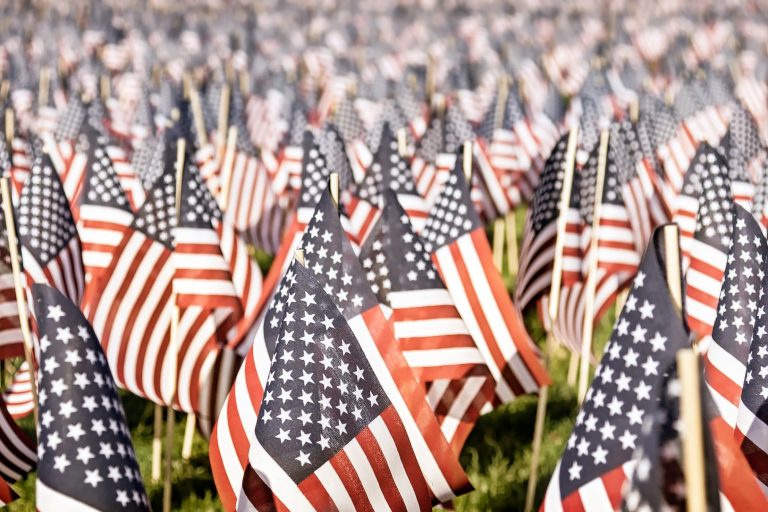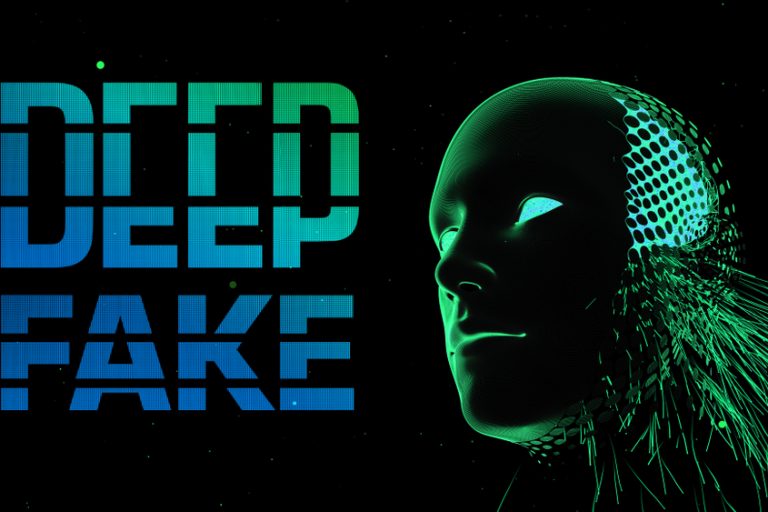My Three Cents

Ken Makovsky
Monday, August 21, 2017Frontline Fighters Against Fake News
Fake news has left a majority (64%) of Americans confused about basic facts of current events, reported a Pew Research Center survey last December.
Obviously, for the communications profession, the public’s current impression of media trustworthiness cited by a recent survey at 43%, lower than ever before, may be the challenge of our respective careers, and it isn’t getting any easier.
Take, for example, advances in video editing technology that are making it possible “to convincingly replace a speaker’s words on videos,” as reported by glean.info. Glean cited a University of Washington project called Synthesizing Obama which “literally [was] putting words in [Mr. Obama’s] mouth, altering the original commentary through editing, and changing the meaning.”
A different project at Stanford University, Face2Face, “created technology that can change facial expressions on videos.” If that isn’t disturbing enough, Adobe software can “…add words and phrases the speaker never uttered.” While none of these methods are deemed perfect right now and can be detected as fakes, according to Glean, the technology is going to get better quickly.
Cold sweat yet?
Initiatives are springing up to try to enhance people’s understanding of the press so they can better evaluate media reports, especially those that appear online. They are beginning at the foundation: on the education front.
One program that caught my attention is The News Literacy Project (NLP), which I learned about at a recent meeting of the PR Council. NLP is a nonpartisan national education nonprofit that works with educators and journalists to teach middle school and high school students “how to sort fact from fiction in the digital age, so they become smart, active consumers of news and information and engaged, informed citizens.” NLP said that in a survey more than 80 percent of students who experienced the core instruction said that it “improved their ability to distinguish quality journalism from other types of news and information,” among other benefits.
This isn’t the only academic program trying to make a difference.
In “Colleges Turn ‘Fake News’ Epidemic into a Teachable Moment,” Washington Post’s magazine cited classes at George Mason University, Webster University and Brooklyn College’s Department of Radio and Television, among others, who are trying to raise news literacy. Howard Schneider, executive director of Stony Brook University’s Center for News Literacy, noted that, “the greatest danger for college students and even for non-college students is not that they will be fooled by fake news, but that they are beginning to doubt real news.”
Can we in the communications industry help move this along faster? One encouraging note is the PR Council’s interest in supporting NLP with a potential program to broaden its impact.











